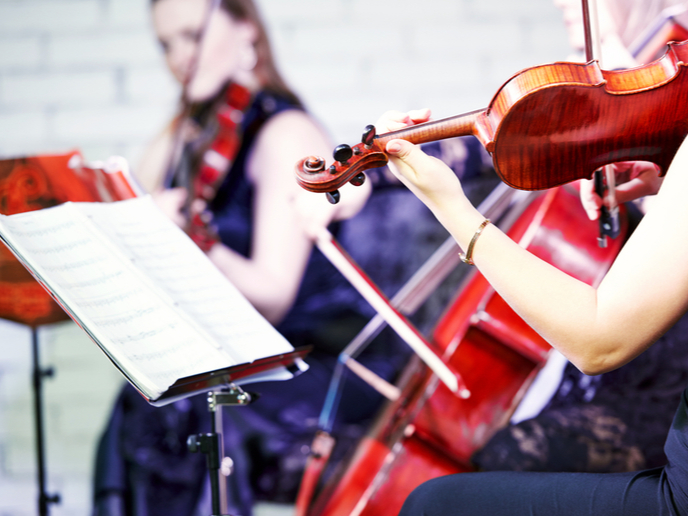Discover classical music in new ways thanks to TROMPA
Classical music holds a major place in our cultural heritage. It’s an inexhaustible source of inspiration for musicians and scholars, it has been proven to boost our health and – the icing on the cake – it’s in the public domain for anyone to enjoy through community-built repositories. There, users can find massive numbers of scores and recordings allowing for multimodal enrichment and contextualisation. That’s for the theoretical part. In practice, repositories are still far from perfect and only specialists will find their way around them. “Repositories can be used to enrich and contextualise scores and recordings. Relevant associations across repositories and modalities can also be built, but it all has to be done manually. Insights from previous users are not explicitly stored for future users to learn from, and many of the online resources are uncurated. We are really missing out on the full wealth of our cultural music heritage,” explains Emilia Gomez, head of the Music Information Research lab at Pompeu Fabra University. Digital technology provides huge opportunities in this regard, and Gomez intends to put this potential to good use thanks to funding under the TROMPA (Towards Richer Online Music Public-domain Archives) project. Her objective is clear: making classical music scores and recordings truly accessible to everyone by building up a new value chain around user involvement and reusable components. “The typical curation/production value chain before TROMPA involved a human expert who needed to carefully curate and prepare appropriate data resources. Only then were digital music processing technologies used to process, connect and enrich these resources in depth. This production process was expensive and selective and, as a consequence, it has not yet been possible to produce enriched applications at scale.”
Useful apps for everyone
TROMPA fully exploits synergies between humans, data and algorithms so as to increase volumes of reusable open data matching the desired level of quality. The data benefits from improved processing mechanisms as well as more diverse, inclusive and accessible means to be discovered by five key target audiences. “We specifically developed pilots for music scholars, choir singers, piano players, orchestras and music enthusiasts. These pilots exploit a set of reusable software components: a data infrastructure, a digital score edition tool, a library for embeddable descriptions of music data, a music performance assessment component and an annotation tool,” Gomez adds. For choir singers, TROMPA developed an application that facilitates practice between rehearsals. The tool digitally recreates the score so that singers can not only listen to their part, but also control and manipulate the rest of the musical score for audio playback. According to Gomez, this tool should notably help amateur singers to learn their part better and faster. Piano players, on the other hand, usually need to go through other acts to improve their own and see how peers interpreted them. It’s a tedious process to say the least, which TROMPA addresses with the Companion for Long-term Analyses of Rehearsal Attempts (CLARA). CLARA allows pianists to have access not only to a score they are currently working on, but also, within the same interface, to a dashboard that visually displays their performance alongside the micro-timings of other recordings. Work for music enthusiasts focuses on the recognition of emotions induced by music, while orchestras can benefit from a tool disentangling what they depend on for their own commercial viability from what already exists in the public domain. Last but not least, a tool for scholars facilitates annotation and community sharing. Three months before its scheduled end in April 2021, TROMPA has already achieved its main objectives. Gomez hopes that the project’s tools will contribute to enriching the already vast amount of musical activities people engage in, while providing some sort of framework allowing this musical activity to be documented and shared for generations to come.
Keywords
TROMPA, classical music, repository, cultural music heritage, music processing, piano players, orchestras, music enthusiasts, choir singers, music scholars, software, digital







